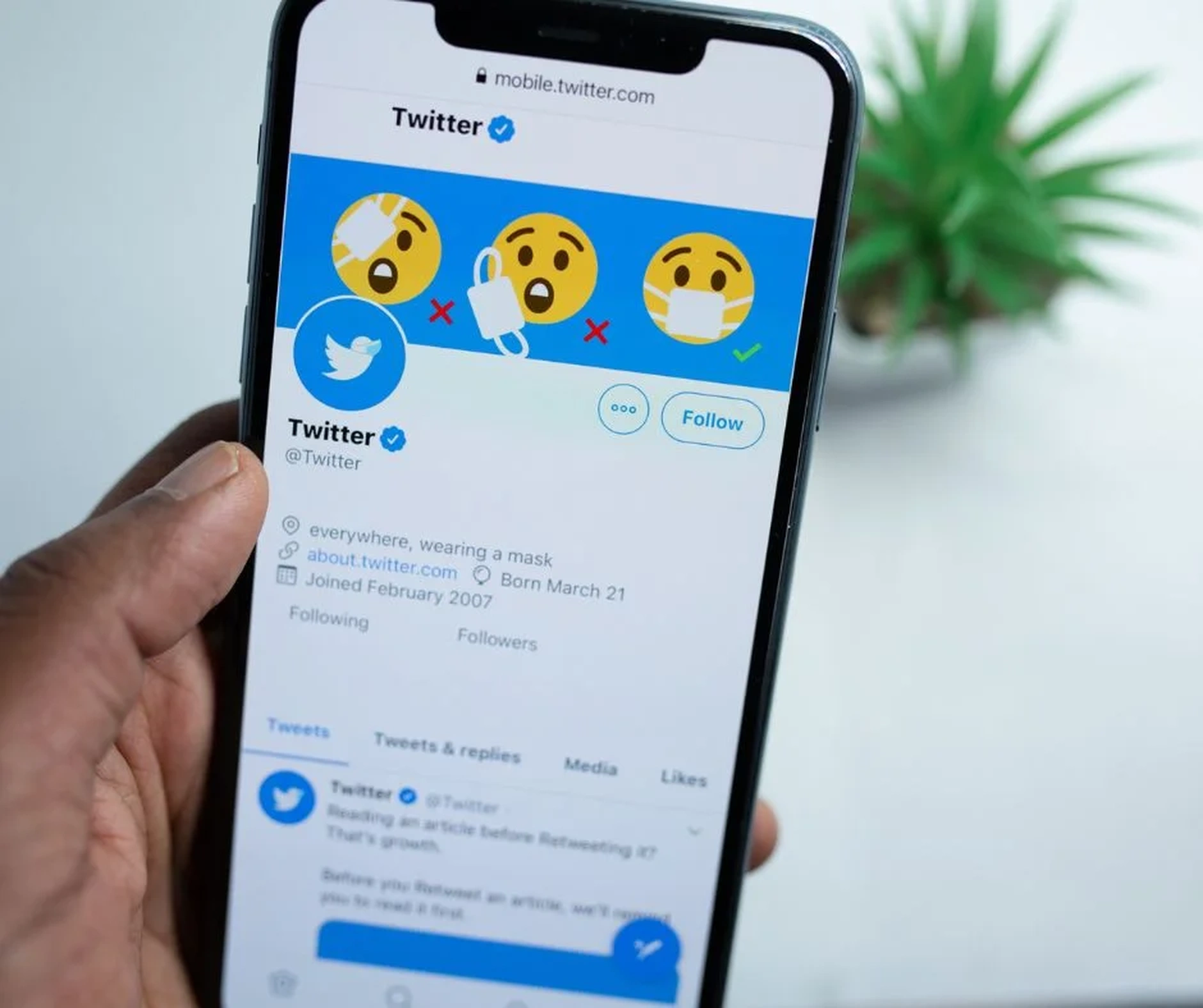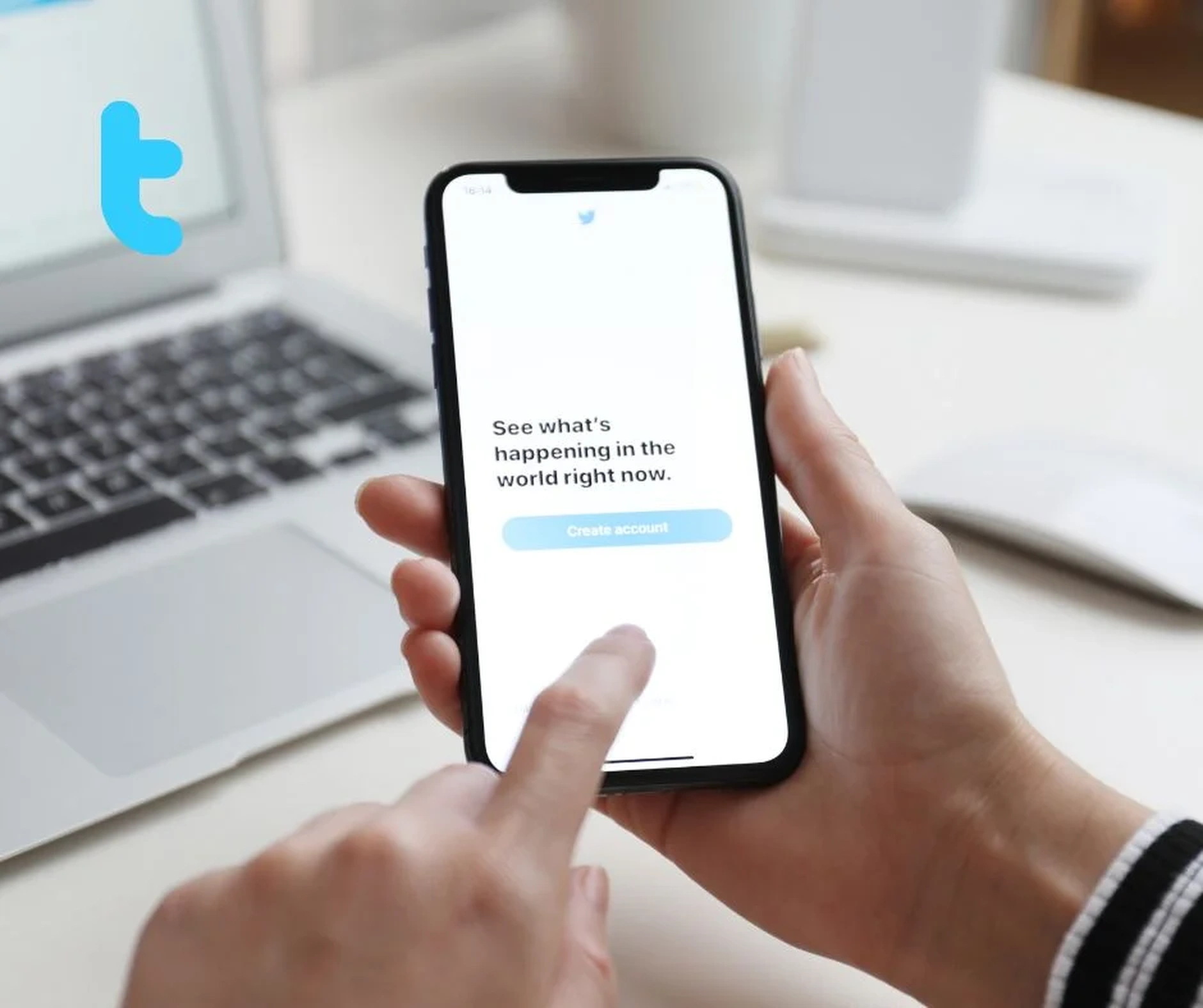What is Twitter?
Twitter rebranding as X, is a widely-used social networking platform that enables users to share concise posts called tweets. These tweets can include text, images, videos, or links and are accessible through the app or website (Twitter.com) via an internet connection or smartphone.
Twitter operates as a microblogging service, blending blogging and instant messaging to let registered users post, share, like, and reply to tweets. Nonregistered users can only read public tweets. People leverage Twitter to connect with friends, engage with brands, follow prominent figures, and stay updated on news and events. Notably, Twitter played a significant role in breaking the news of the US Airways Flight 549 water landing in New York City’s Hudson River.
Unlike traditional instant messages (IM), tweets are permanent, public, and searchable on the platform. However, users have the option to protect their tweets, limiting visibility to approved followers.
A Brief History of Twitter
Twitter was co-founded in March 2006 by Jack Dorsey, Noah Glass, Biz Stone, and Evan Williams as a short messaging system for small groups. It became publicly available in July 2006. The platform’s name derives from the definition of “twitter,” which means a burst of trivial information or the sound of bird chirps—aptly reflecting the nature of short, rapid updates.
Key milestones in Twitter’s history include:
•2012: Over 100 million users posted 340 million tweets daily.
•2013: Twitter ranked among the top 10 most visited websites and filed for an IPO in September.
•2019: The platform reported more than 330 million active users.
•2022: Elon Musk acquired Twitter for $44 billion, finalizing the purchase in October.
•2023: Twitter partnered with eToro to enable stock and cryptocurrency trading and welcomed Linda Yaccarino as its new CEO.
As of 2023, Twitter remains a leading social media platform with over 436 million users, ranking among the top 10 globally.
How Twitter Works
Customizing Feeds
Users curate their experience by following accounts and topics that interest them. Timelines typically display tweets from followed accounts, retweets, and promoted tweets (paid advertisements).
Search and Trends
Using the search bar, users can explore people, topics, or keywords. The #Explore feature highlights trending topics determined by algorithms that consider user preferences, location, and activity. Verified accounts—marked by checkmarks—help identify legitimate individuals or organizations, enhancing user trust.
Following and Posting
Unlike other platforms like Facebook or LinkedIn, Twitter doesn’t require mutual approval for connections. Users can follow anyone and see their tweets on their timeline.
When tweeting, users can include text, links, media, or hashtags (e.g., #keyword) to categorize posts, making them searchable. Initially limited to 140 characters, tweets now have a maximum length of 280 characters, including spaces and punctuation.
Advanced users often utilize TweetDeck to manage multiple accounts, schedule posts, and organize content.
Interactions
Users engage with tweets by:
•Retweeting: Sharing posts to their timeline.
•Replying: Commenting on tweets.
•Liking: Expressing agreement or support.
Private communication is possible through direct messages (DMs), which can be exchanged even between users who don’t follow each other (if settings permit).
Twitter for Businesses
Businesses use Twitter to enhance brand visibility and connect with their audience. Common applications include:
•Customer Interaction: Responding to inquiries or complaints.
•Real-Time Updates: Announcing promotions, events, and new products.
•Market Insights: Monitoring competitors and industry trends.
Companies can amplify their reach by purchasing promoted tweets, which function like advertisements.
Risks of Using Twitter
Despite its advantages, Twitter poses certain risks:
1.Misinformation: Rapid information sharing can lead to the spread of fake news. Twitter introduced the Birdwatch program in 2021 to combat disinformation, enabling users to report false content.
2.Bots: Automated accounts mimic human interaction to amplify propaganda, grow follower counts, or mislead users.
3.Harassment: Negative comments and online abuse can harm individuals and brands.
4.Security Concerns: In 2020, Twitter was hacked, leading to a cryptocurrency scam that defrauded users of nearly $100,000.
Changes Under Elon Musk
Since Elon Musk’s takeover in October 2022, Twitter has undergone significant transformations:
1.Rebranding to X: In July 2023, Musk replaced Twitter’s iconic blue bird logo with an “X,” signaling a broader vision to create a super app akin to China’s WeChat.
2.X Premium: A tiered subscription service offering features like:
•Basic: Longer posts, editing capabilities, and custom app icons.
•Premium: Includes a checkmark, reduced ads, and ID verification.
•Premium+: An ad-free experience for $168/year.
3.Staff Reductions: Musk reduced staff by approximately 80%, leaving about 1,500 employees by April 2023.
4.Content Control: New features allow users to toggle between algorithm-recommended tweets and the latest posts from followed accounts.
5.Account Verification: Verification marks now vary—gold or silver for brands and government entities, with blue marks available via X Premium subscriptions.
6.Encrypted Messaging: Verified users can send secure, encrypted direct messages.
7.Video and Voice Calls: Plans to introduce these features are underway.
Controversies Since Musk’s Takeover
Musk’s leadership has sparked debate. Notable incidents include:
•Media Labeling: Outlets like NPR and PBS ceased Twitter use after being labeled “government-funded media.”
•API Pricing Backlash: The Metropolitan Transportation Authority (MTA) temporarily withdrew after Twitter planned to charge $500,000 annually for service access, a decision later reversed.
Twitter Rebranding
Musk envisions X as a multifunctional super app encompassing payments, social media, and messaging. While the rebranding remains primarily cosmetic, legal challenges may arise as other companies (e.g., Meta and Microsoft) hold intellectual property rights to the “X” trademark.
Twitter’s evolution to X represents Musk’s ambition to reshape the platform, yet its core purpose of connecting people through concise communication endures.













